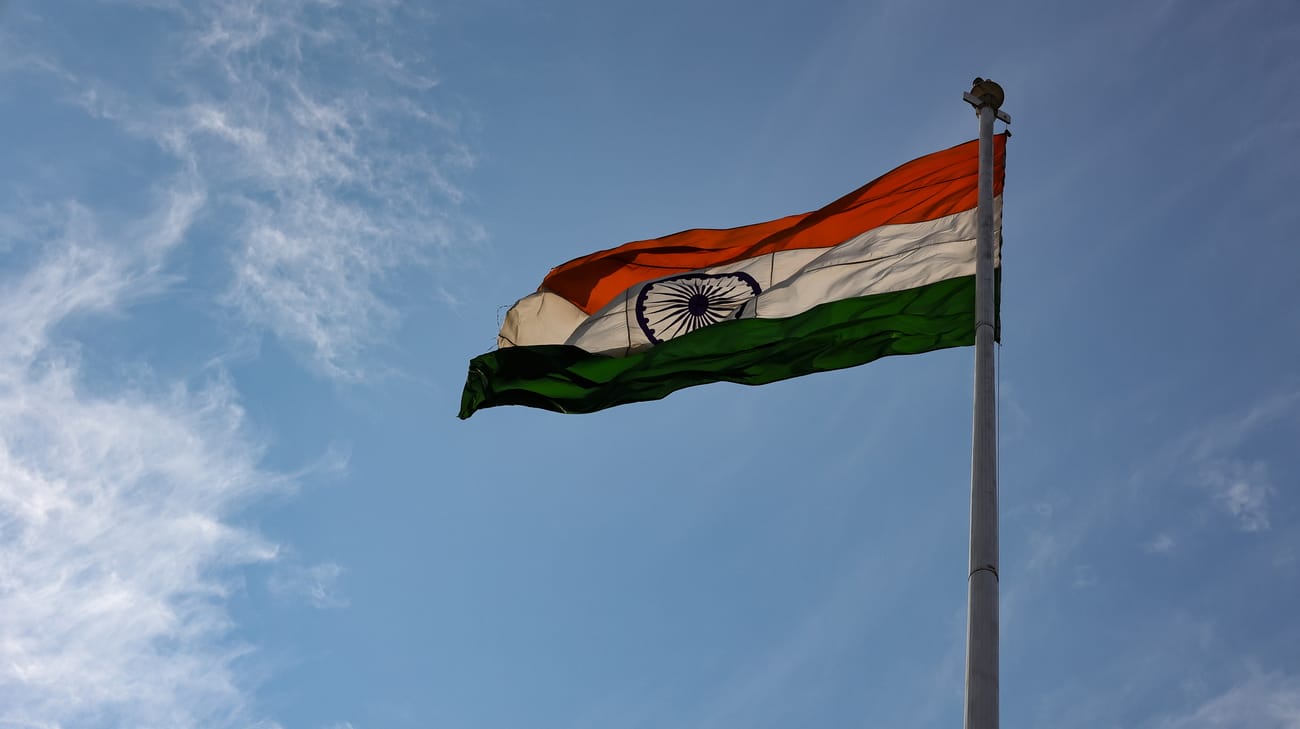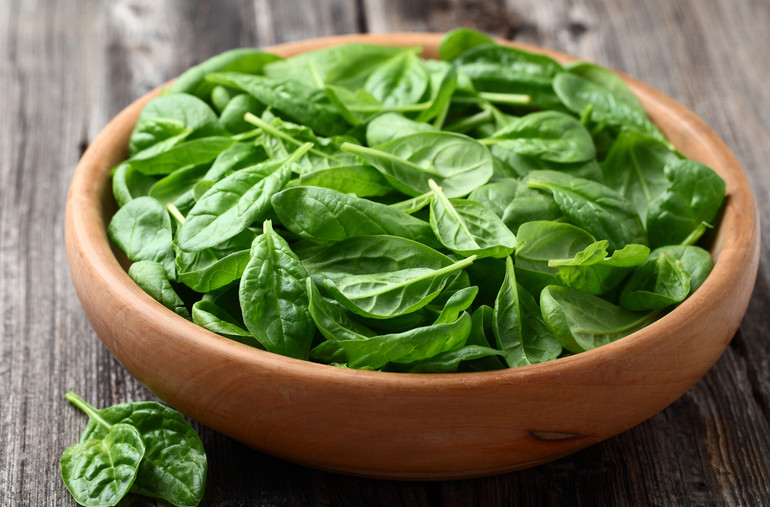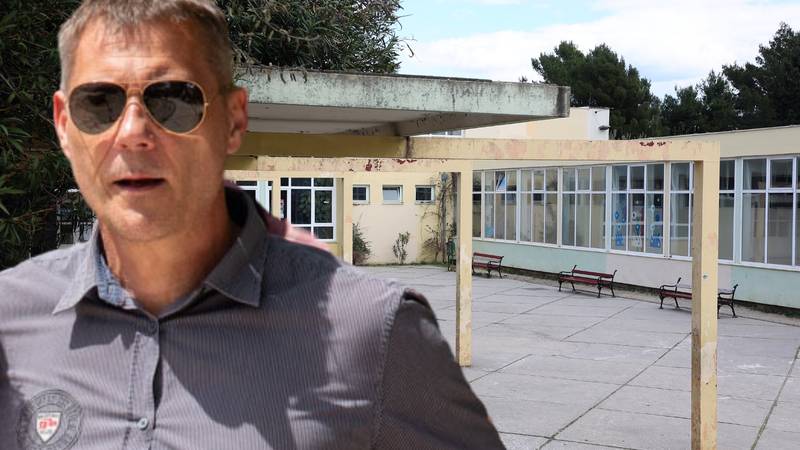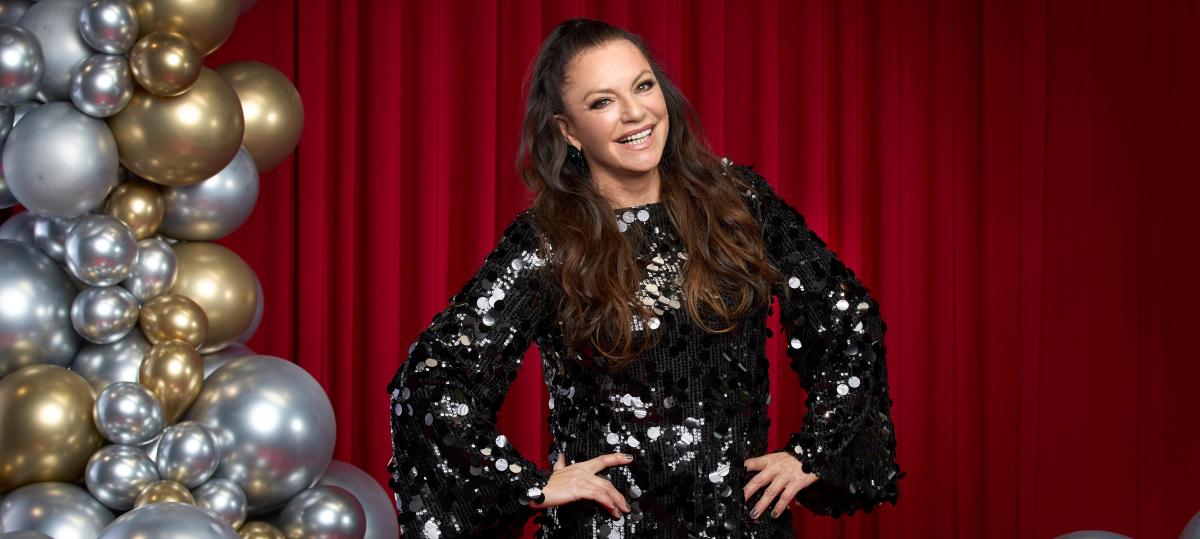How Ukrainian Music was presented in Sweden – Ukrainian Spring
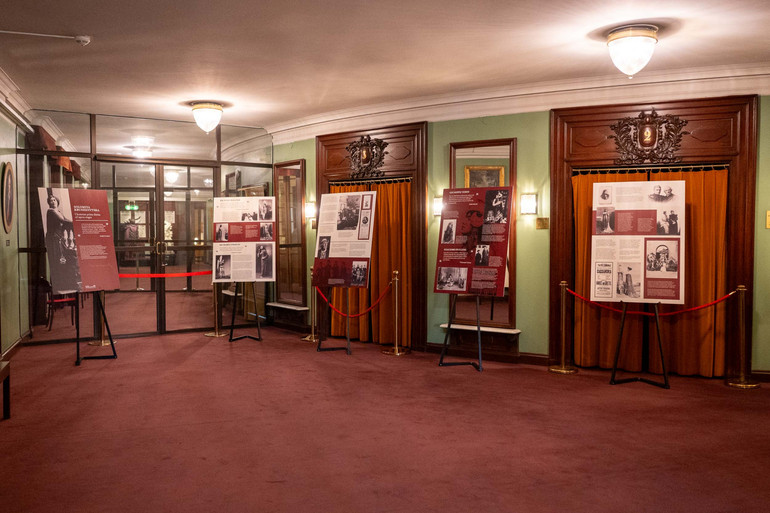
In Stockholm it ended Ukrainian Spring Festival. This year it has expanded significantly – Both the number of locations and the range of topics. Concerts, exhibitions, lectures and performances took place in such landmark cultural institutions of Sweden as the Royal Opera, the Royal Philharmonic, the National Museum, the Royal Music Academy, as well as in the Stallet space – the music of the world and the Museum of the Army.
Multidiscipline has been emphasized by discussions about Casimir Malevich and Serge Lifar – artists originally from Ukraine – and their inheritance in Sweden. There was a variety of music here, ranging from baroque era and classics, ending with experimental electronics and even tango.
About the most prominent events of this year’s festival tells a reviewer Up.Culture Natalka Pysanka.
The third year in a row Stockholm opens the door for The European Festival « Ukrainian Spring » – a cultural event that represents Ukraine not only as a nation that is fighting, but also as an integral part of the European artistic context.
The artistic director and initiator of the festival is the Ukrainian-Swedish pianist Natalia Pasichnyk. It consistently builds a festival as a dialogue between past and modern, between tradition and experiment, and most importantly – between Ukraine and Europe, to which it has always belonged to.
This year’s theme was the question: « Oh, you are ukrainian? » (Oh, are you a Ukrainian?) – A phrase that often sounds towards Ukrainians abroad with a touch of surprise, compassion or misunderstanding. It has become a starting point for many festival programs – as a tool for identification, comprehension and deconstruction of ideas about Ukrainian culture.
After the large -scale opening in the Royal Philharmonic hall, the festival program continued with events that opened other faces of Ukrainian culture – from experimental sound to classical opera heritage.
The exposition dedicated to Solomiya Krushelnytska
Bengt Gustafsson
One of the central events was a lecture-talk in the halls National Museum of Sweden – Talk about Casimir Malevich and Ukrainian modernism in visual art. The creative director of the Ukrainian Institute Tatiana Filevskaya has attracted attention to the Ukrainian roots of the artist, which usually appears exclusively as a « Soviet » or « Russian » avant -gardist.
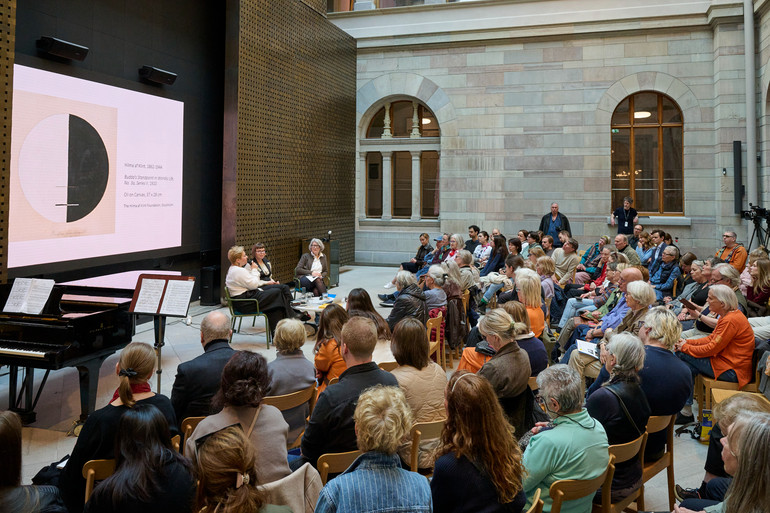
Mikael Karlin
Embroidered ornaments, rural motifs, folklore structures – all this, as Tatiana showed, is embedded in the fabric of his works. This view opened not only Malevich the European audience in a new way, but also Ukraine as an autonomous modernist center.
The musical part of the evening continued this conversation with other means: the works of Boris Lyatoshynsky sounded, the main innovator of Ukrainian musical modernism, Performed by the violinist Sophia Kolupov and pianist Francesco Vilara.
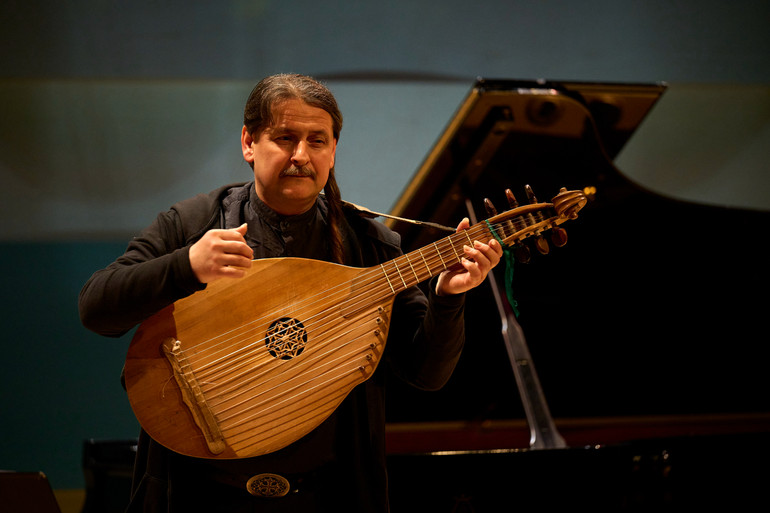
Taras Kompanichenko plays folk tunes used in his works by Boris Lyatoshynsky
Mikael Karlin
The evening of Ukrainian tango in the hall Stallet – Music of the world He opened another page of cultural mosaic that the festival seeks to tell. The program was dedicated to Bohdan Vesolovsky – A composer, often called the creator of Ukrainian tango.
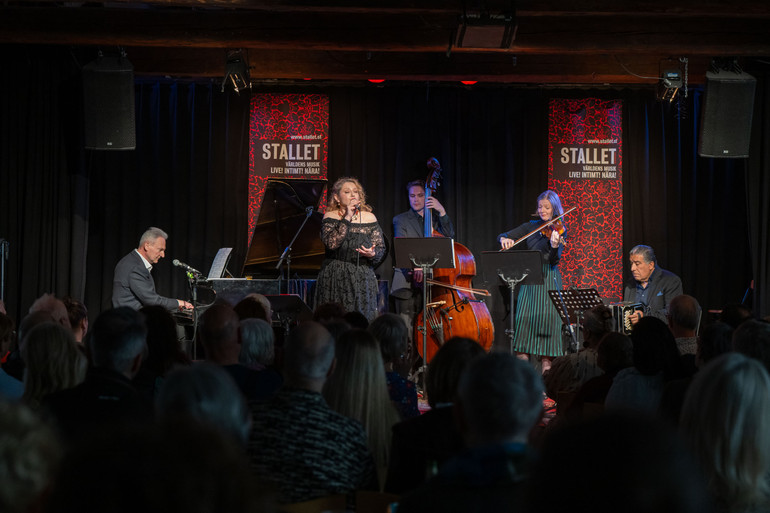
The evening of Ukrainian tango
Bengt Gustafsson
Maria Stocolyas (Vocal) and Ostap Mayk (piano), together with the Swedish-Aprigin instrumental trio « Tangarte », presented to the public the most favorite works of Vesolovsky in the original arrangements created specifically for this concert. Maria fascinated not only the sensual singing but also the stories about Vesolovsky and his time: from his youth in Lviv, the upheaval of war years to emigration in Canada.
It was not just a retro concert. It was an attempt to regain Vesolov’s voice in the present. Ukrainian tango – not only about love, but also protest against the system (« rebel tango ») and longing for the Motherland, pain of exile. Visitors in the hall were emotionally reacted to every composition, and at the end of the program of the famous tango Yaroslav Barnich « Hutsulka Ksenia » caused a flurry of applause and exclamations « Bravo! ».
It would seem that more can be surprised by the Swedish audience? However, the program « Nord/Ouest » of the leading Ukrainian composer Alla Zagaykevich on stage Royal Music The academy, where the portrait representation of her work took place, was revealed by another, unexpected layer – a world of electroacoustic music, woven into the Ukrainian folk tradition.
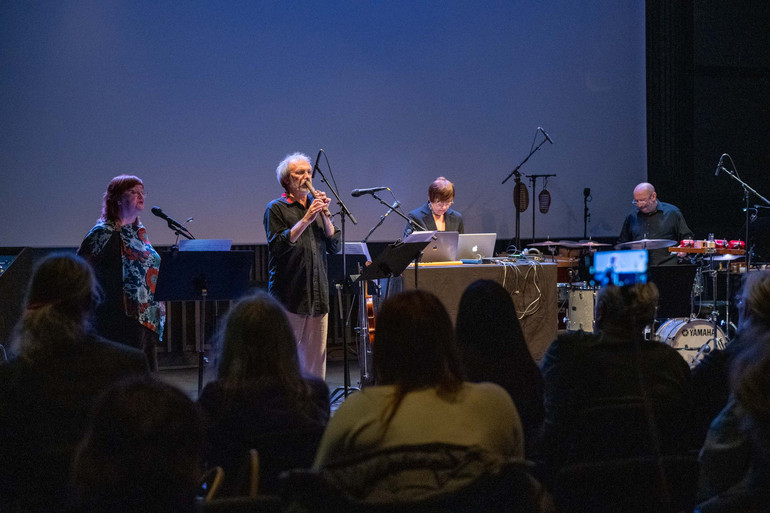
Alla Zagaykevich’s electro -acoustic music concert
Mikael Karlin
Each of the participants of the musical process – the composer herself, folk singer Irina Klimenko, multi -instrumentalists Sergey Okhrimchuk and Arkady Gotesman – juggled sounds and voices, and the melodies Nozzle – referred to parallel worlds. For many visitors, this has become a new experience in knowing experimental contemporary music.
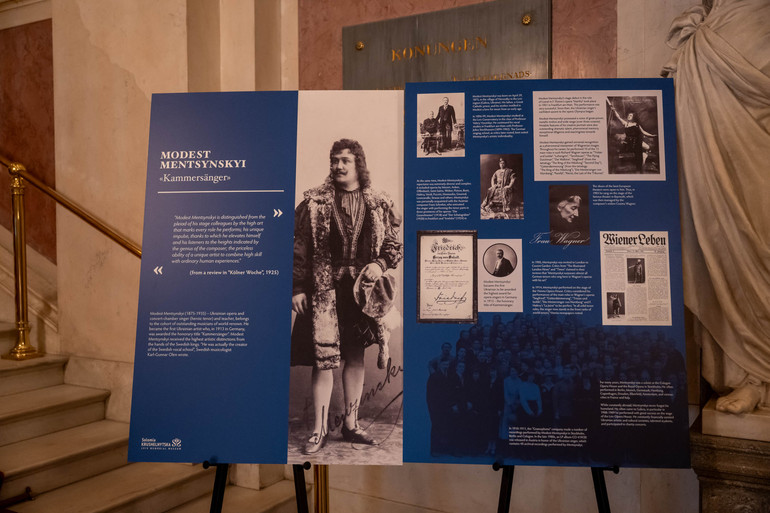
The exposition dedicated to Modest Menzinsky in the Golden Fose of the Royal Opera
Bengt Gustafsson
The next two events in the Golden FEier of the Royal Opera in Stockholm honored the outstanding figures of Ukrainian musical and theatrical history: dancer and ballet reformer Serge Lifar, as well as opera legends of Solomiya Krushelnytska and Maestro Modest Menzinsky.
The event dedicated to Lifar has opened up new prospects for the perception of the Ukrainian trace in the history of European ballet. It was not only about his biography, but also about the transformation of dance as an art he started.
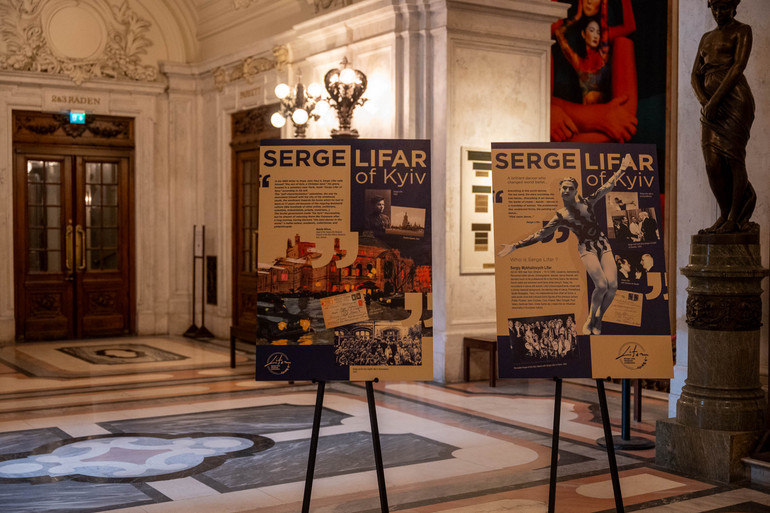
The exposition dedicated to Serge Lifar
Bengt Gustafsson
The prominent figures of the French scene – the Prima Opera of the Clermar Ostai and the Balletmaster of the Royal Ballet Nicolas Le Rich – shared their vision of Lifar’s contribution to the language of the Movement, which he modernized and improved. Their stories came to life by royal ballet dancers. The evening ended with the announcement of the ballet premiere « Suite en Blanc » – one of Lifar’s key productions, which is prepared by the royal opera for the next season.

The royal ballet dancer illustrates the fragments of Lifar choreography
Bengt Gustafsson
At a vocal evening dedicated to Solomiya Krushelnytska and Modest Menzinsky, two the most prominent opera stars of the early twentieth century, Their names on stage were honored by Sophano Sophia Solova, Bariton Lutano Kave and pianists Martin Helstry and Jeanne Nikitka. The program combined the arias from the repertoire of both artists, Ukrainian folk songs and works of Lysenko.
The South African Bariton Lutano Kave seized the listeners with his charisma and vocal skill, his insightful performance of Lysenko’s romances « I am equally » in the words It was so sincere and natural that it seemed as if he lived every word as if he was from Ukraine.
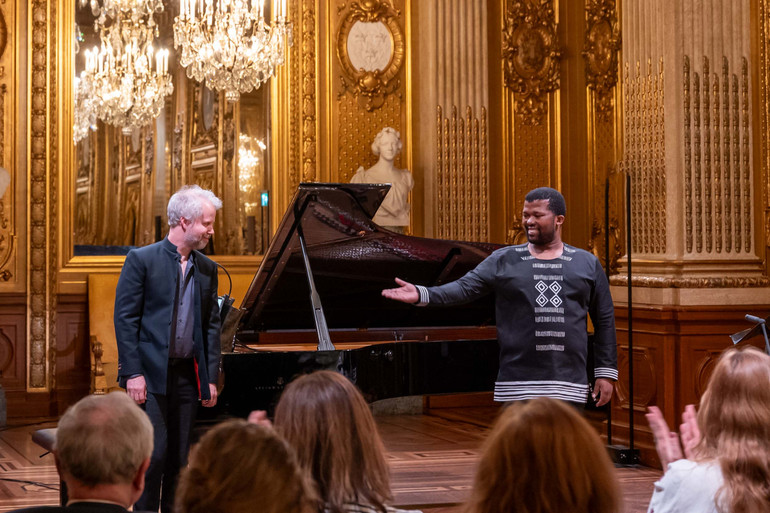
Bariton Lutano Cava and pianist Martin Helstry
Bengt Gustafsson
Presenter of the evening, musicologist Niels Jaran Olwe, spoke about the life paths of two prominent Ukrainian artists, and more about them could be found out of the exhibition at the theater. By the way, a concert (with the participation of Swiss and French embassies) visited the direct descendants of Modest Menzinsky, who worked for many years and lived in Sweden and considered it his second homeland.
Sophia Solova not only impressed the listeners with vocals, but also addressed the gratitude for the support of Ukraine. Her phrase « We have much more in common with you than the same colors on the flags » became one of those who remain in memory for a long time.
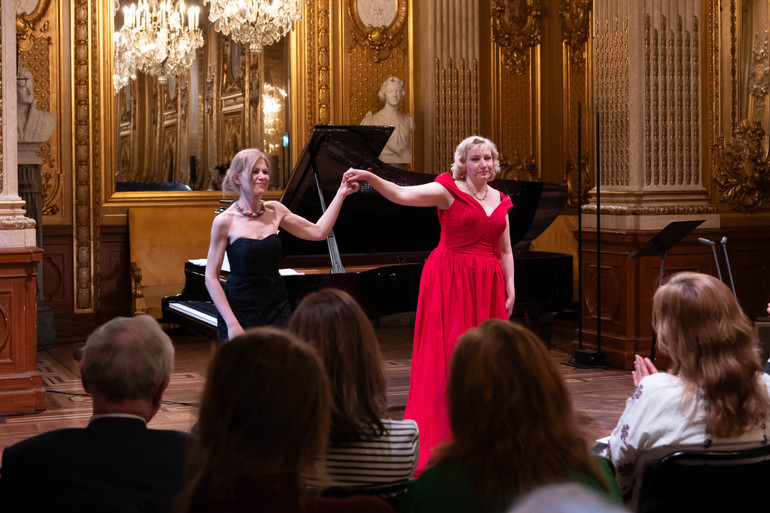
Singer Sofia Sophia and pianist Jeanne Nikitka
Bengt Gustafsson
A special moment of the festival was the presentation of the artistic and research project Sounding wounds in the walls Royal musical Academy. The pianist initiated by Natalia Pasichnyk, the project artistically explores how music is able to comprehend and transform the experience of collective injury – Both historical and modern.
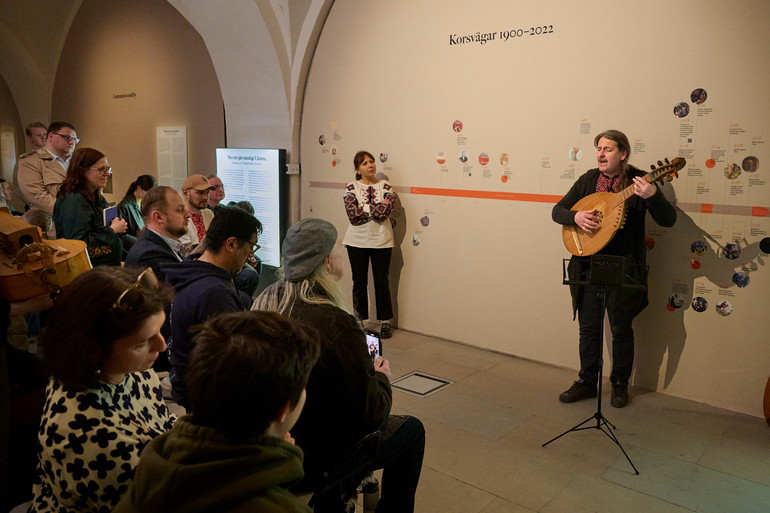
Taras Kompanichenko in the Museum of Army
Mikael Karlin
In the crowded hall, students witnessed the unique intersection of academic music and a living oral tradition. The program was concentrated around the music of Boris Lyatoshinsky, created during political terror and ideological pressure.
The ancient folk songs that formed the basis of the works of Lyatoshynsky, performed by Kobzar Taras Kompanichenko, were alternating with interpretations of his prelude and string quartet performed by teachers and students of the Royal Music Academy. Such interaction allowed to hear the very essence of musical material in a new way – Not as an artifact of the past, but as a living organism that carries memory and pain of generations.
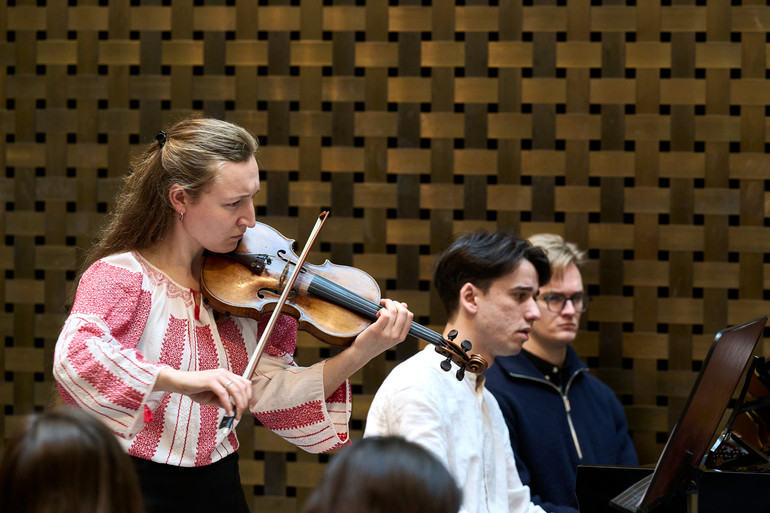
Violinist Sofia Kolupov and pianist Francisco Willara
Mikael Karlin
Sounding wounds He became not just a concert, but a deep meditation about the role of music as a carrier of injury, testimony and healing opportunity. After the concert, many left to share their impressions, ask questions, hear more. The main value of the event was felt – openness to listening, empathy and rethinking.
The festival ended with a chamber concert « Kobzar – The epic song tradition of Ukraine « Among the historical exhibits of the exhibition ”Cultural Crossroads: Sweden – Ukraine 1000 years « at the Stockholm Army Museum.
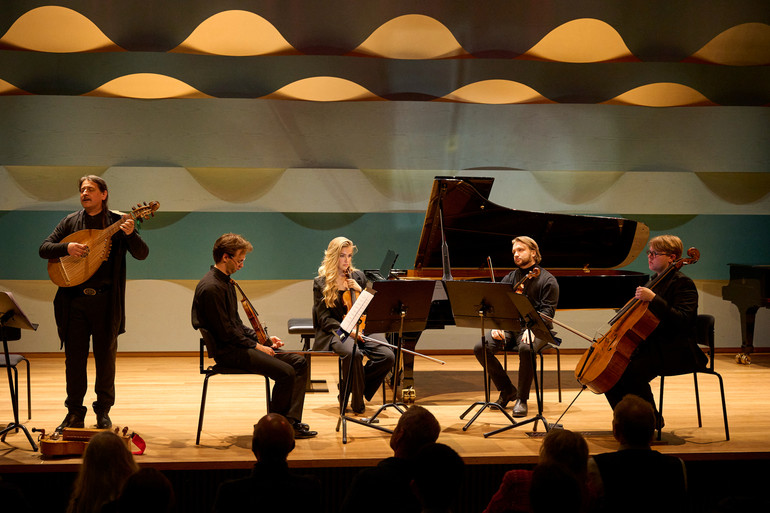
Taras Kompanichenko and String Quartet students of the Royal Music Academy
Mikael Karlin
Kobzar Taras Kompanichenko conducted the listeners with a unique musical way through a century – From medieval monrody to its own songs, created in response to the modern struggle of Ukraine for freedom. His performance was not only a tribute to memory, but a living continuation of the tradition in which Kobzar appears as a bearer of collective memory, a singer of the people, a traveler and a guard of history.
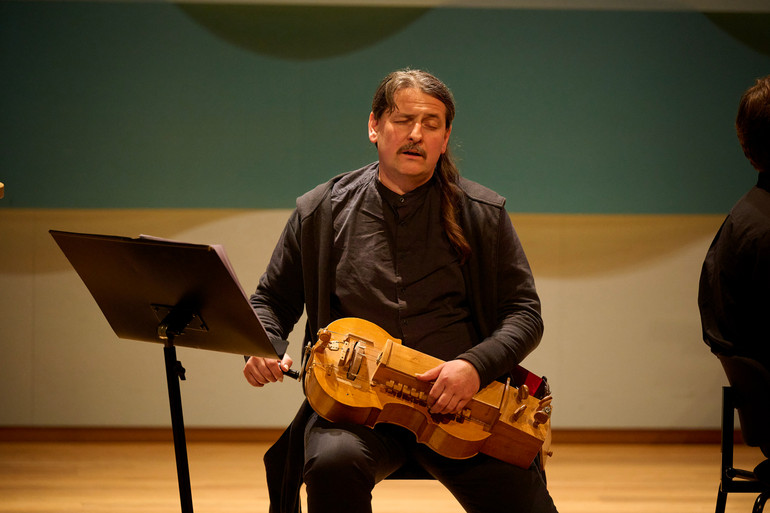
Taras Kompanichenko plays on a wheel lyre at the Music Royal Academy
Mikael Karlin
The songs were performed next to the exhibits from the appropriate era, which created a special spatial and emotional depth – When the music was not just sounded, but became part of the story itself.
This concert that gathered a careful and grateful public has become a symbolic ending European Festival: Ukrainian Spring 2025 – The end in which the past and present were combined in voice that does not lose strength. The voice that not only tells the story, but continues it – here and now.

